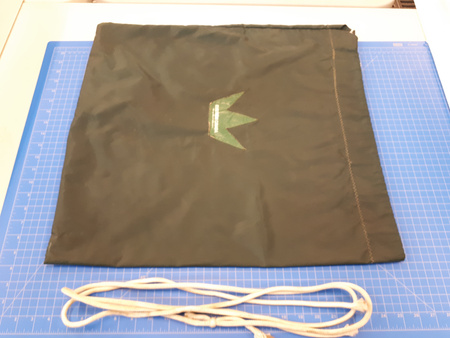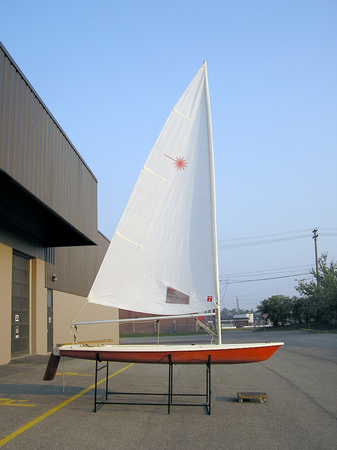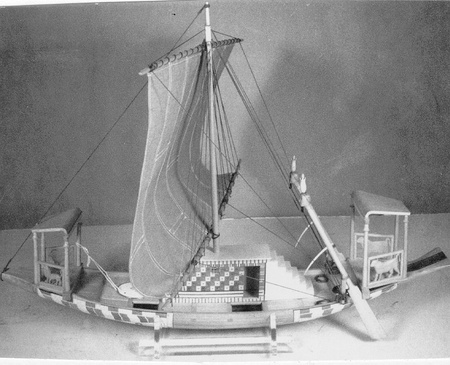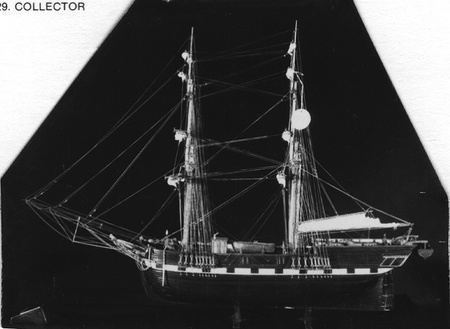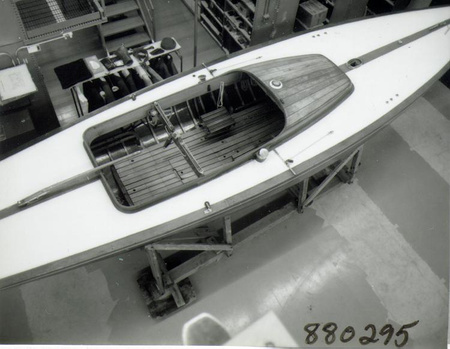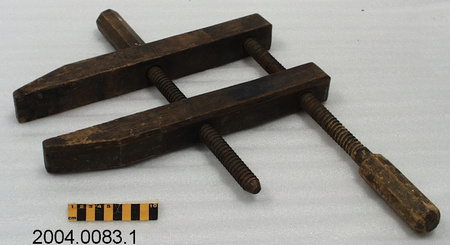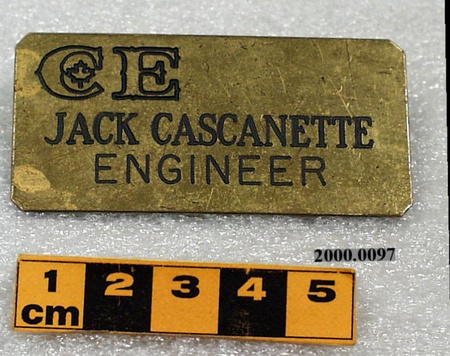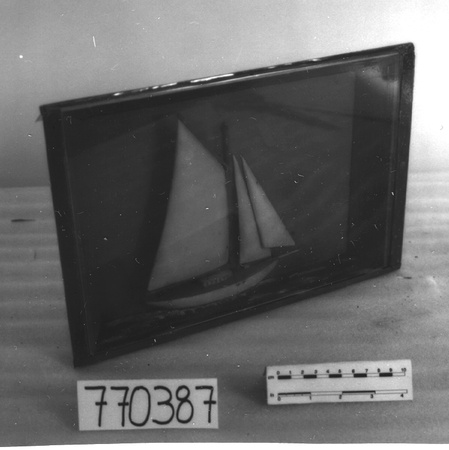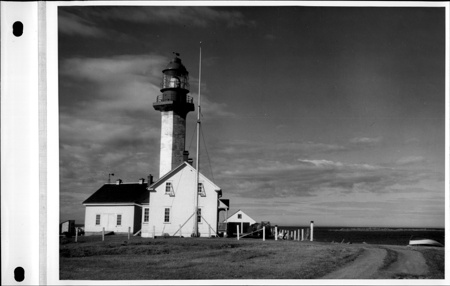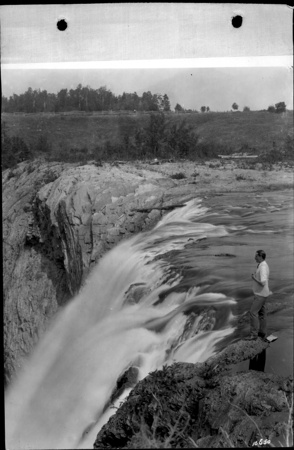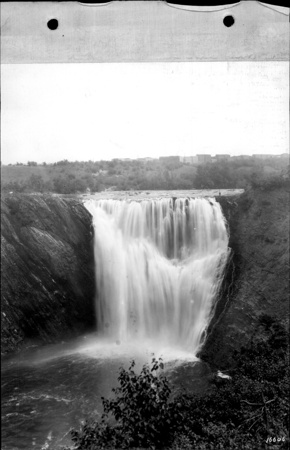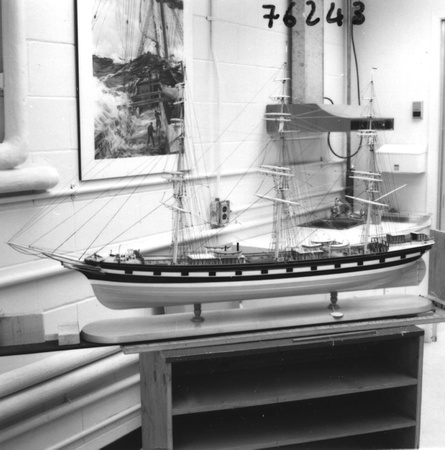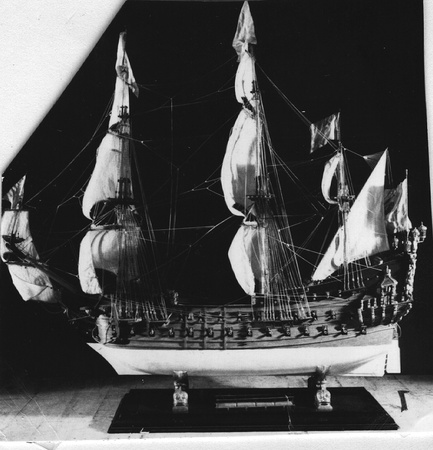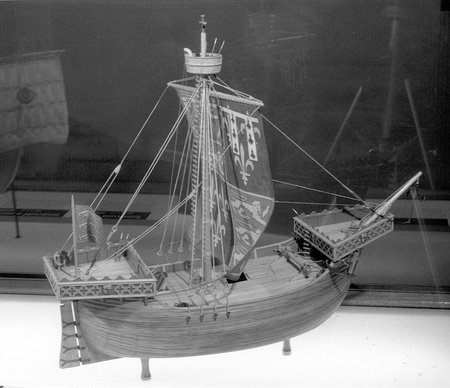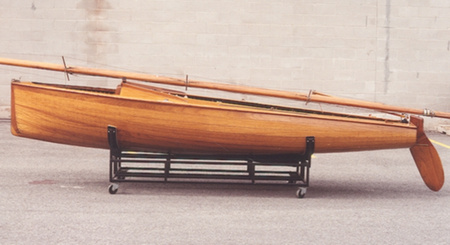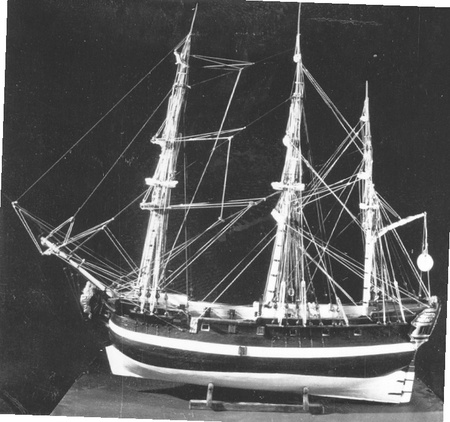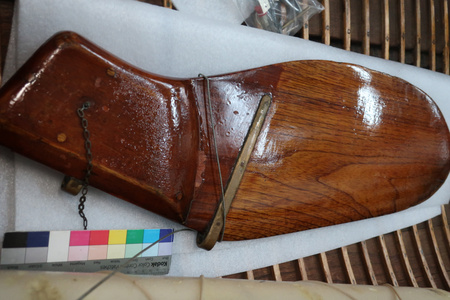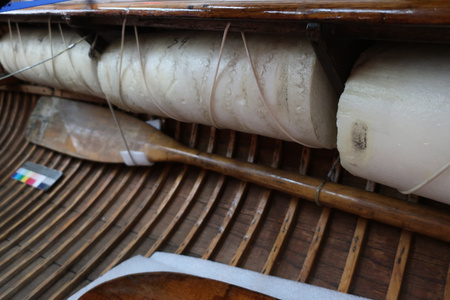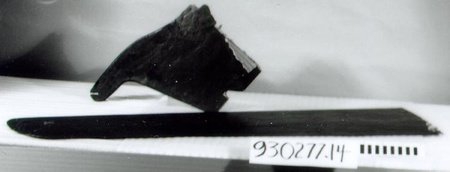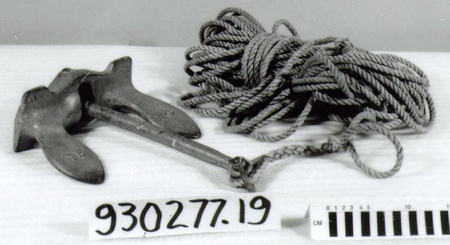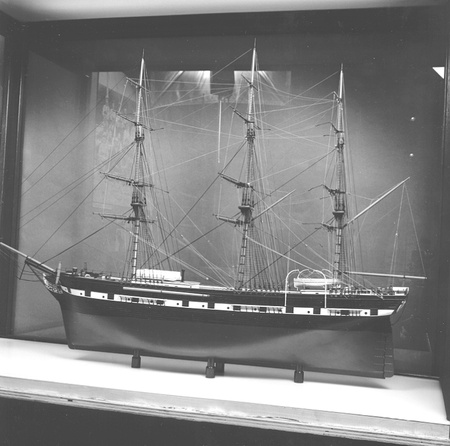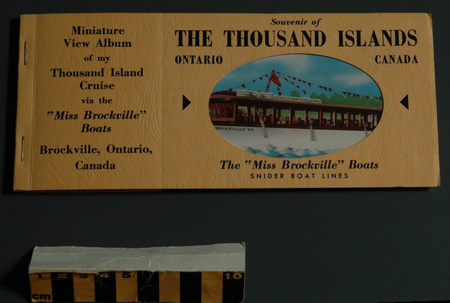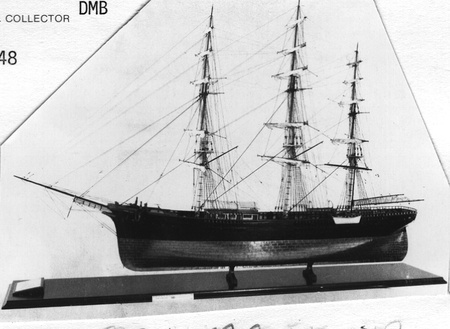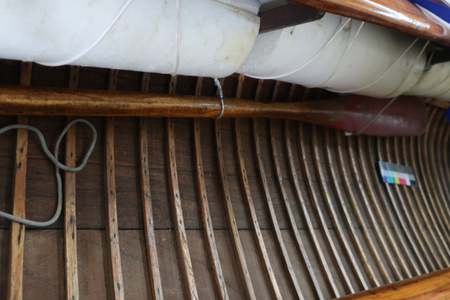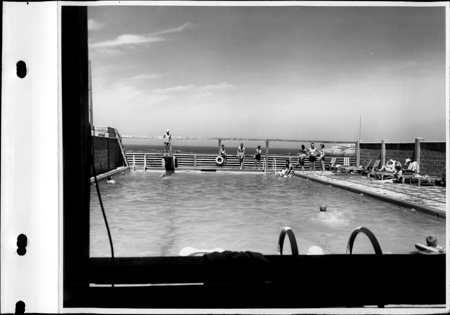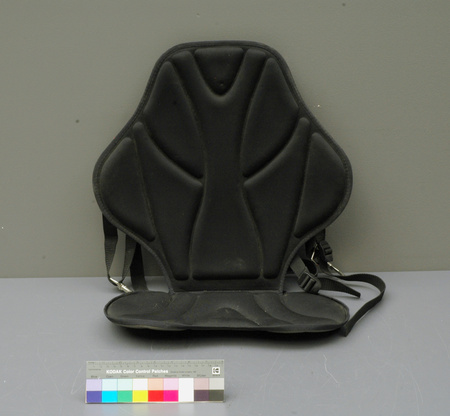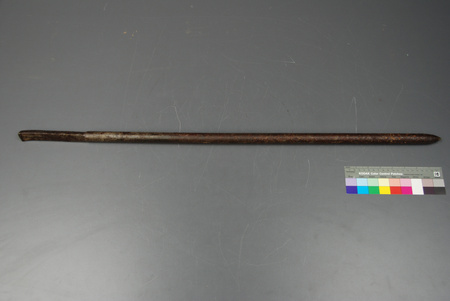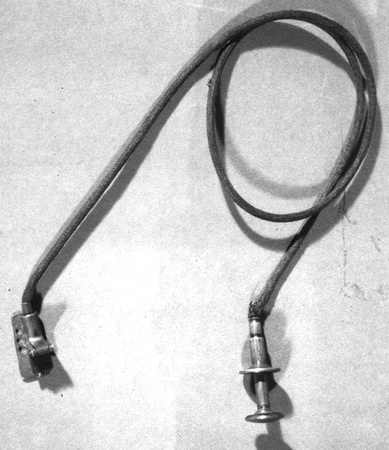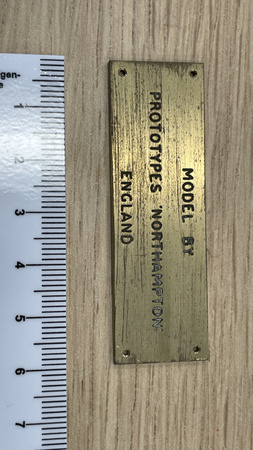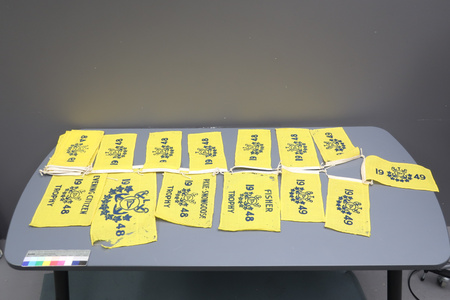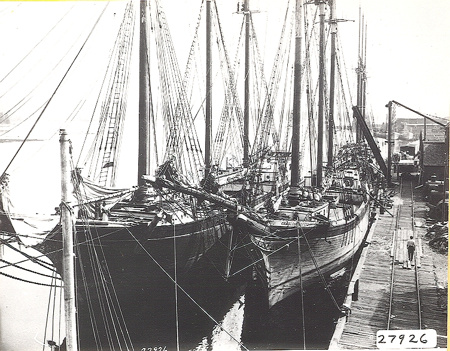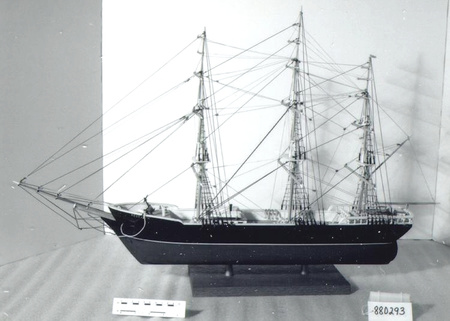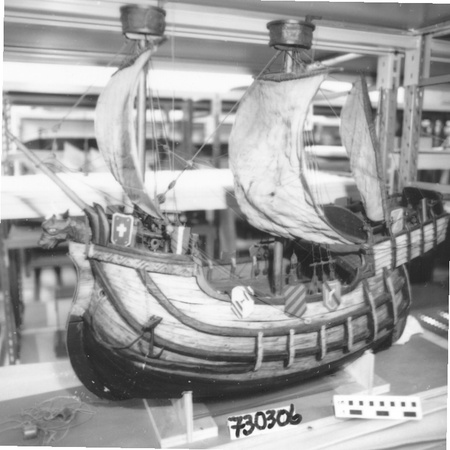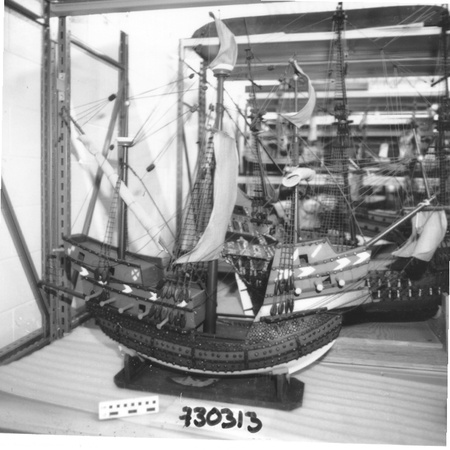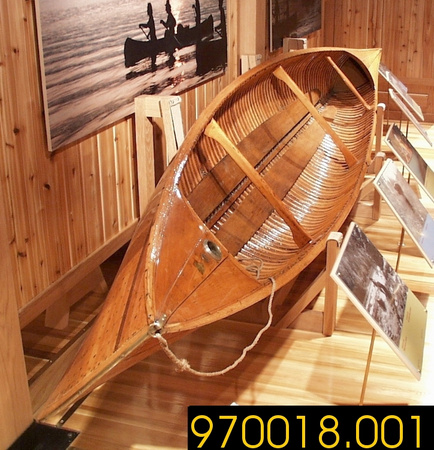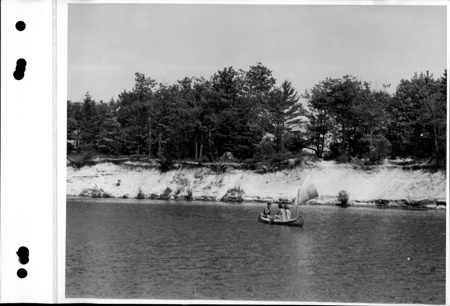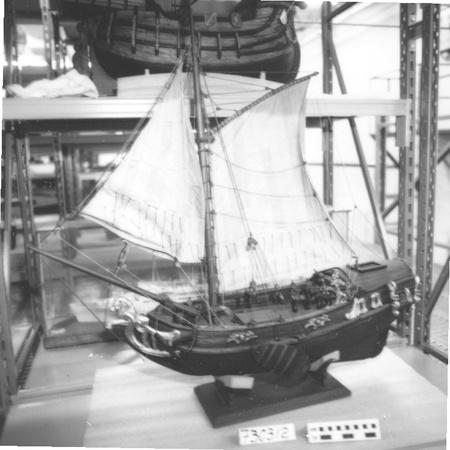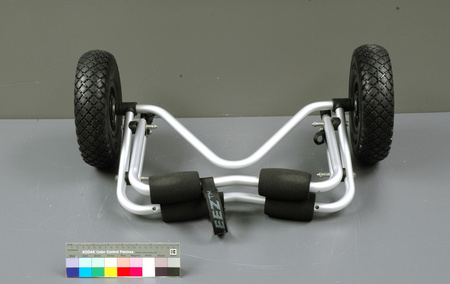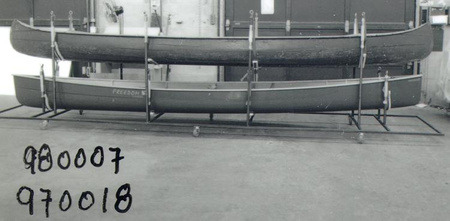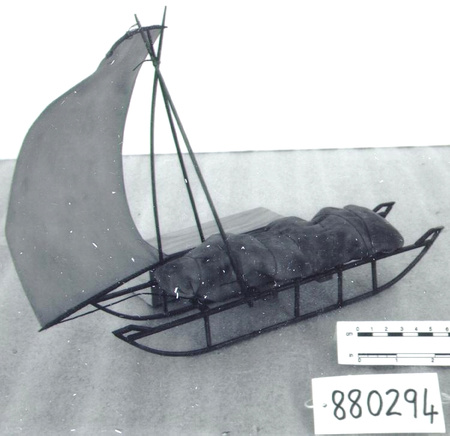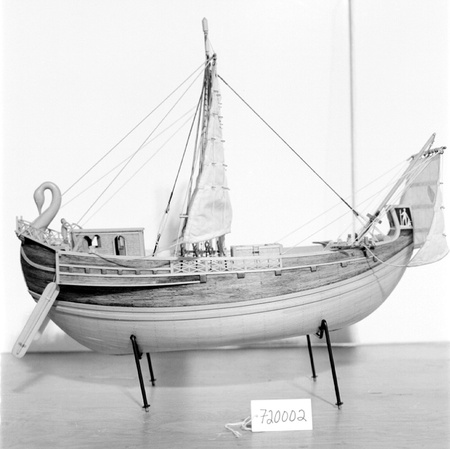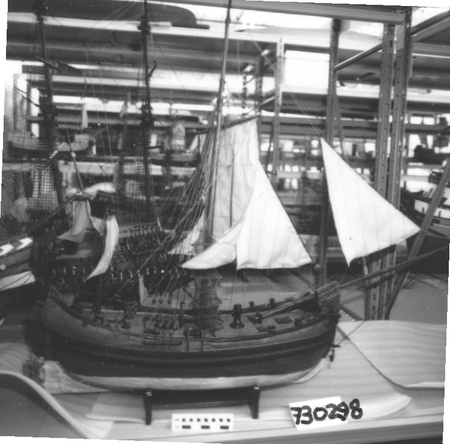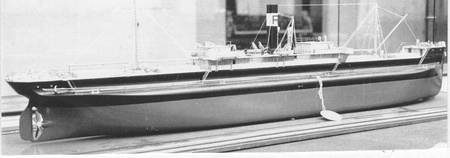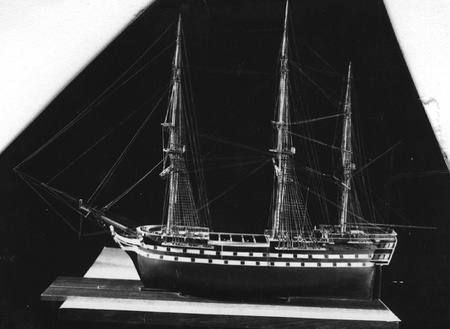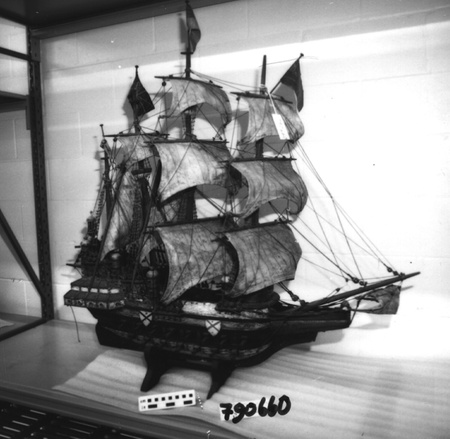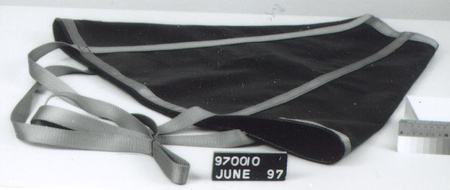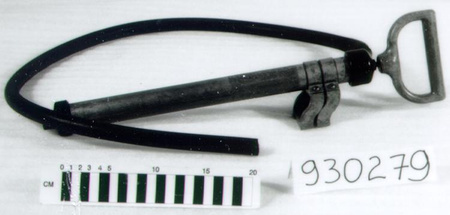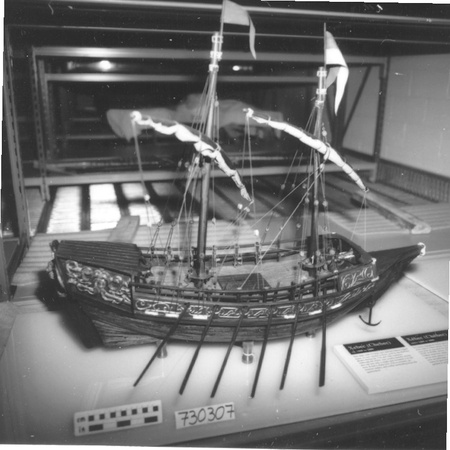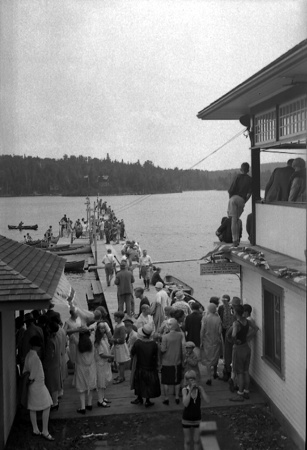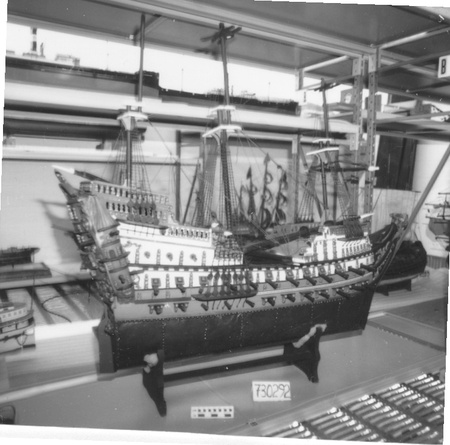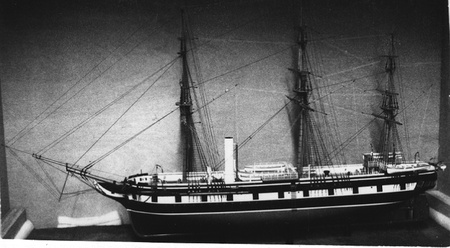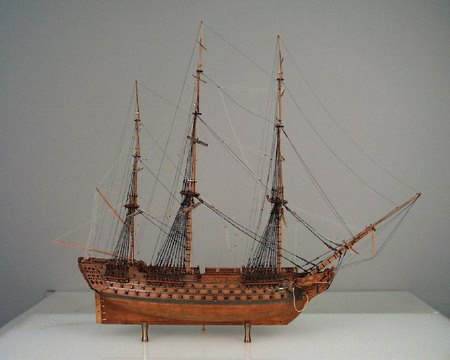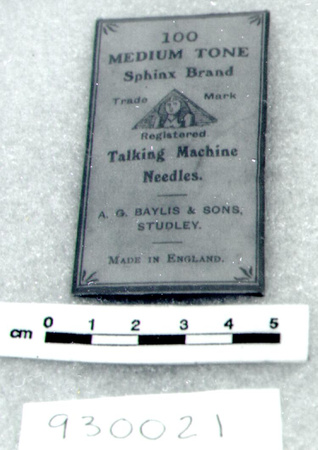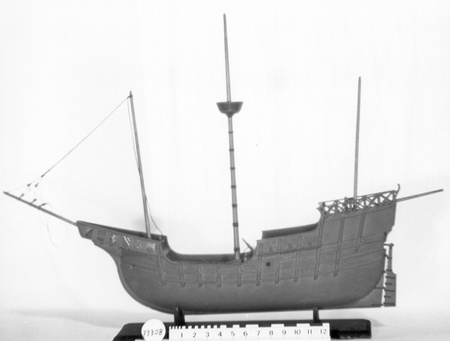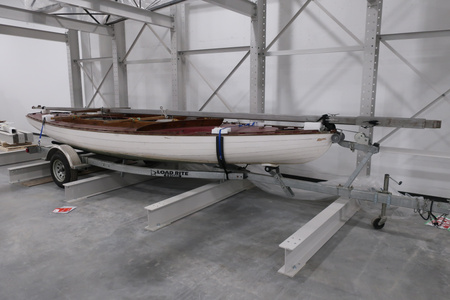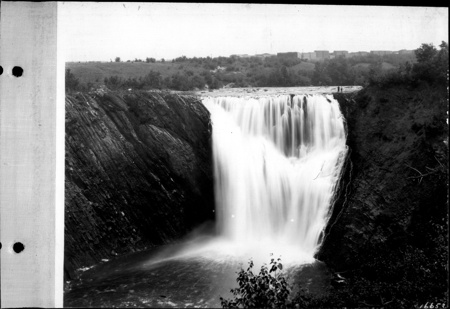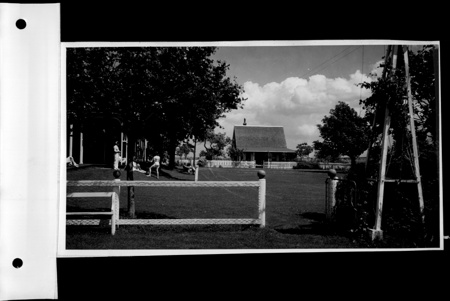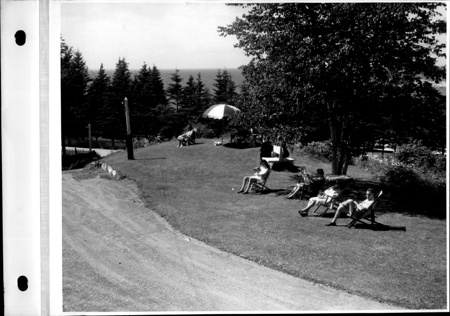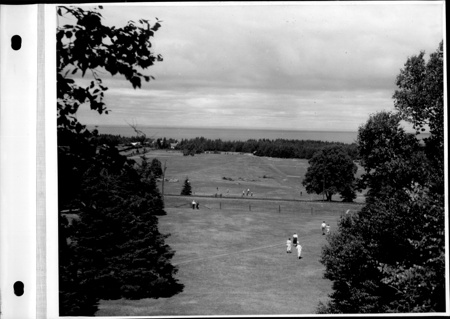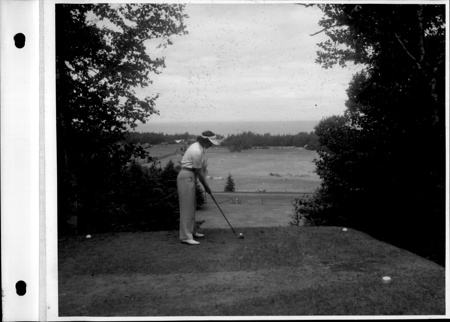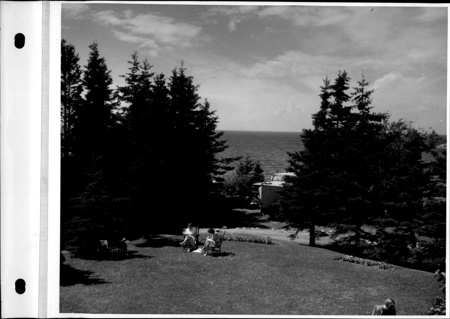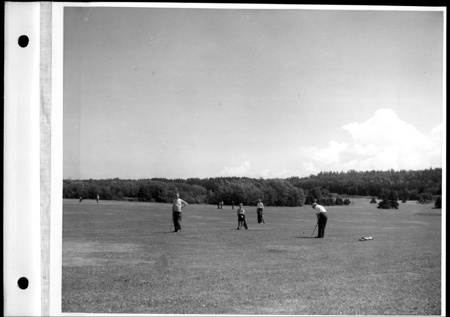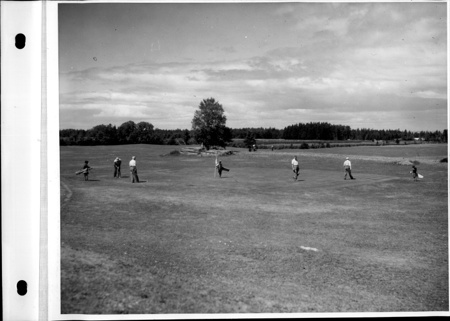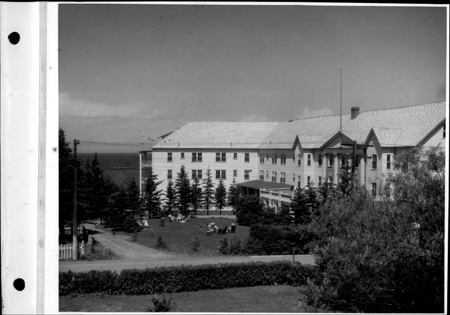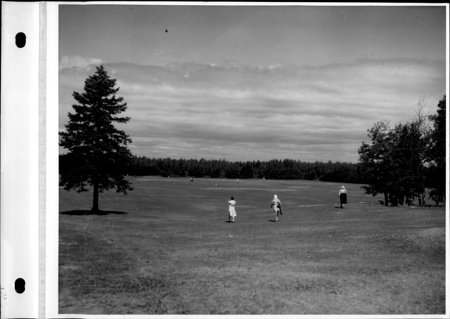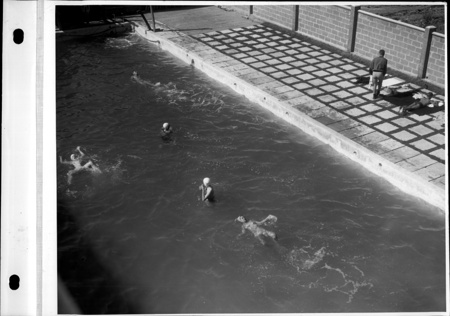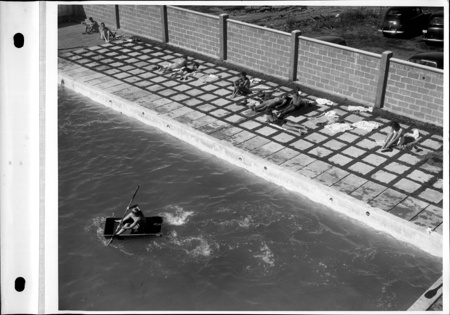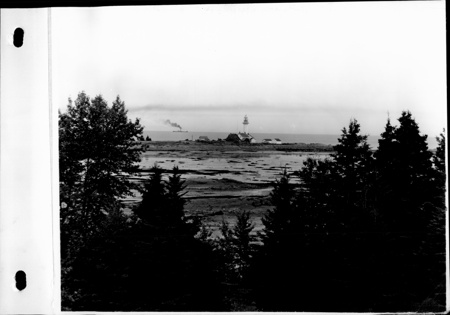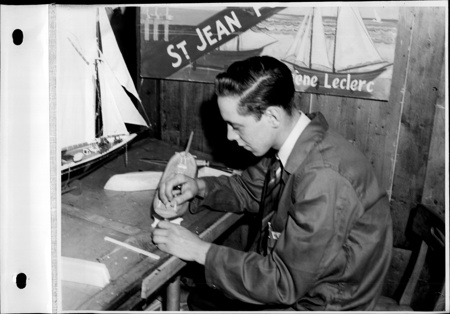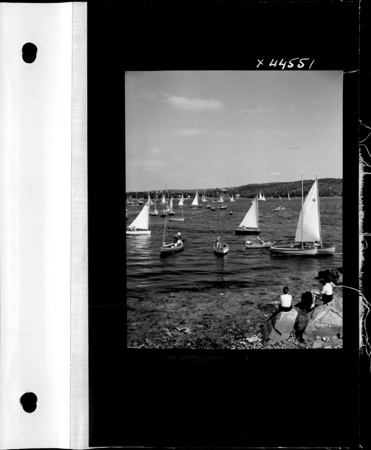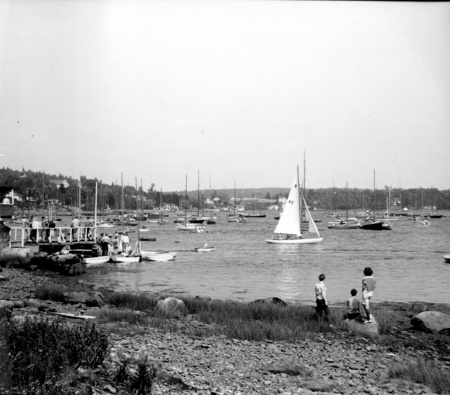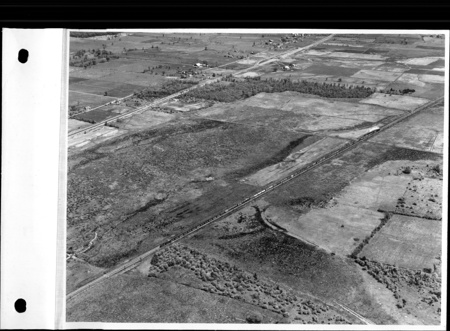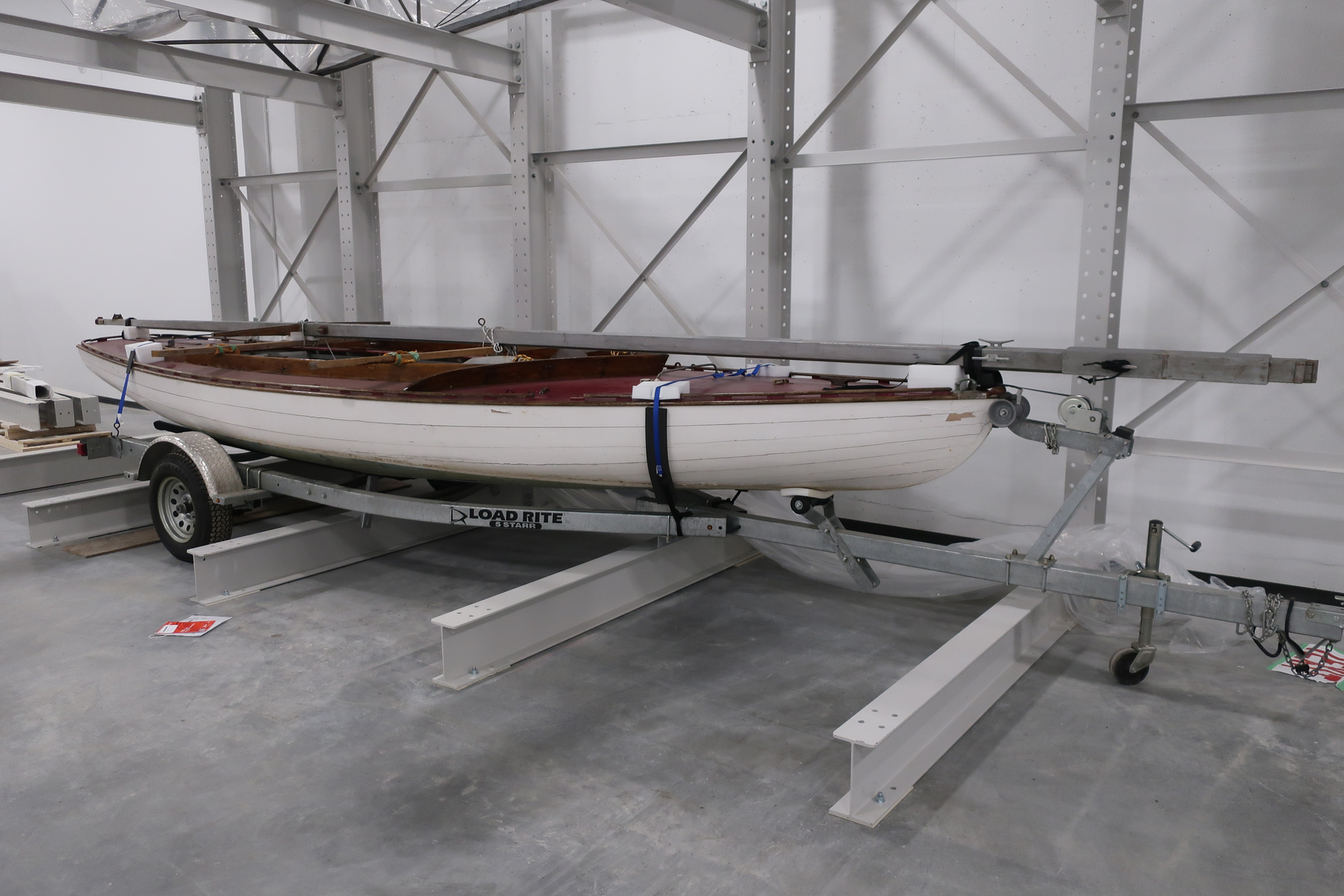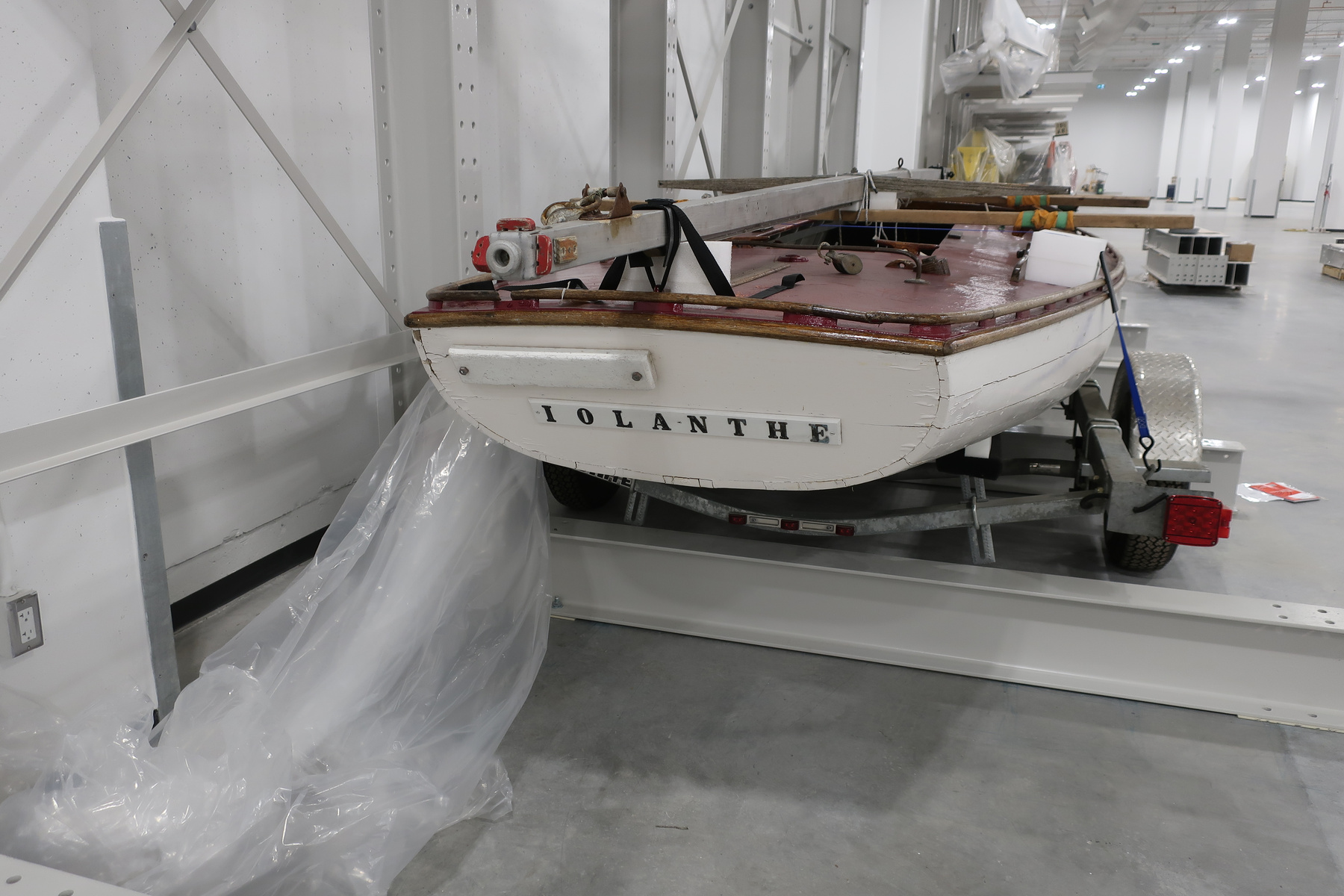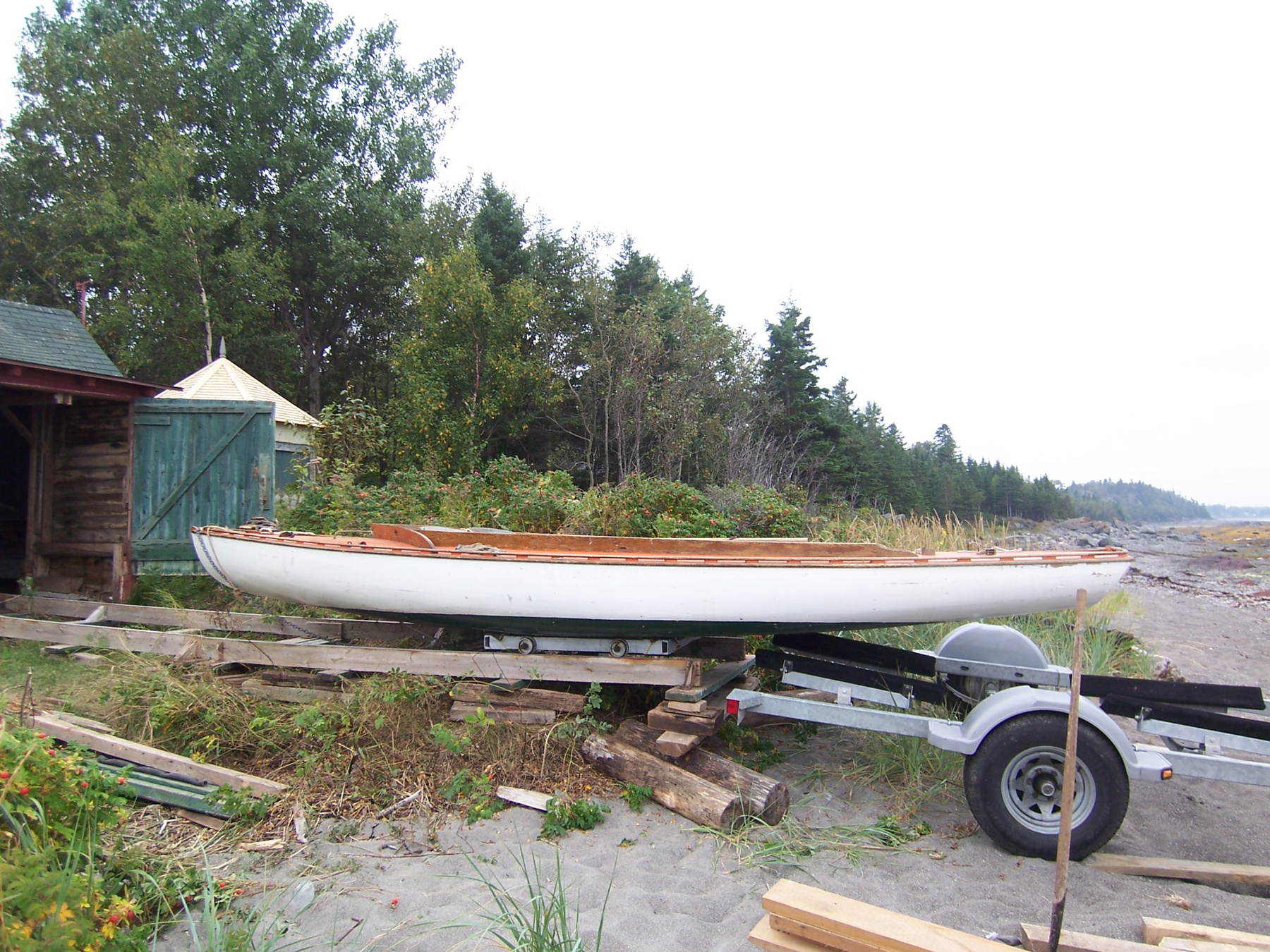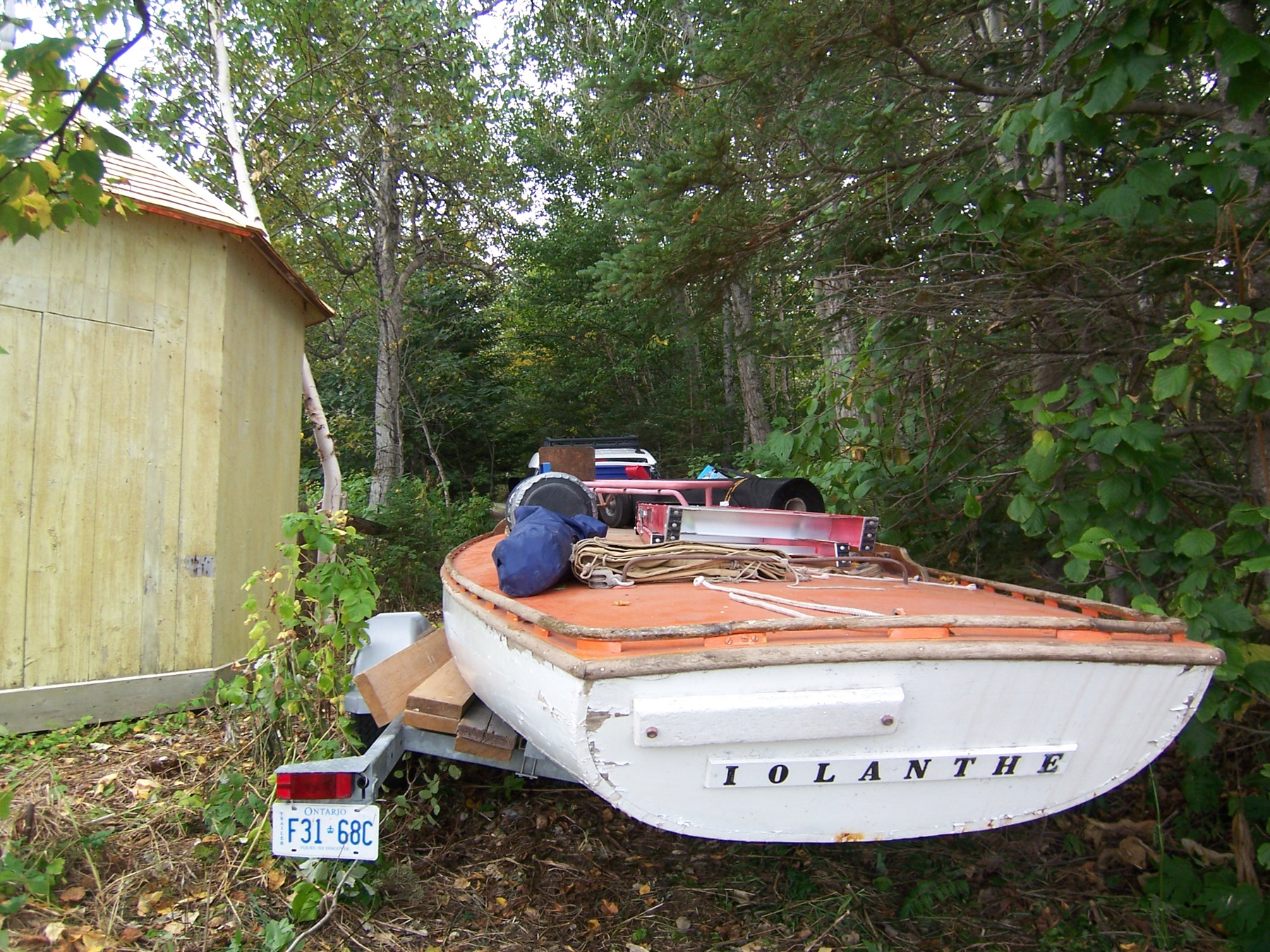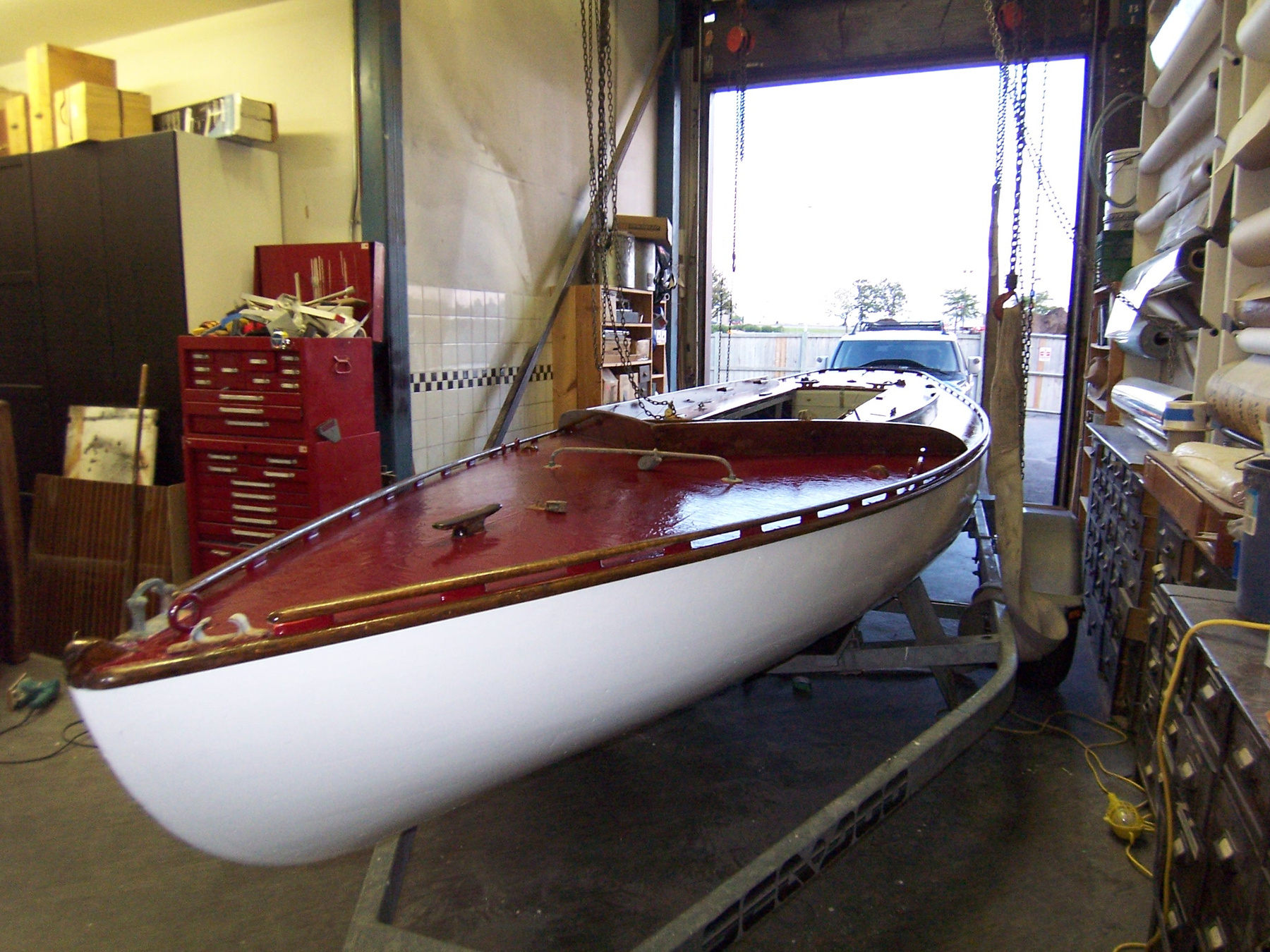Bateau
Utiliser cette image
Puis-je réutiliser cette image sans autorisation? Oui
Les images sur le portail de la collection d’Ingenium ont la licence Creative Commons suivante :
Copyright Ingenium / CC BY-NC-ND (Attribution-NonCommercial 4.0 International (CC BY-NC 4.0)
ATTRIBUER CETTE IMAGE
Ingenium,
2013.0496.001
Permalien:
Ingenium diffuse cette image sous le cadre de licence Creative Commons et encourage son téléchargement et sa réutilisation à des fins non commerciales. Veuillez mentionner Ingenium et citer le numéro de l’artefact.
TÉLÉCHARGER L’IMAGEACHETER CETTE IMAGE
Cette image peut être utilisée gratuitement pour des fins non commerciales.
Pour un usage commercial, veuillez consulter nos frais de reproduction et communiquer avec nous pour acheter l’image.
- TYPE D’OBJET
- SAILING DINGHY
- DATE
- 1929
- NUMÉRO DE L’ARTEFACT
- 2013.0496.001
- FABRICANT
- Inconnu
- MODÈLE
- Inconnu
- EMPLACEMENT
- Inconnu
Plus d’information
Renseignements généraux
- Nº de série
- S/O
- Nº de partie
- 1
- Nombre total de parties
- 1
- Ou
- S/O
- Brevets
- S/O
- Description générale
- Wood construction (appraisal report indicates white pine and oak) with ferrous metal fasteners, canvas, and metal and synthetic rigging (appraisal report identifies is as Dacron). For appraisal report details see Ref. 2
Dimensions
Remarque : Cette information reflète la taille générale pour l’entreposage et ne représente pas nécessairement les véritables dimensions de l’objet.
- Longueur
- 872,0 cm
- Largeur
- 229,0 cm
- Hauteur
- 142,0 cm
- Épaisseur
- S/O
- Poids
- S/O
- Diamètre
- S/O
- Volume
- S/O
Lexique
- Groupe
- Transports maritimes
- Catégorie
- Navires
- Sous-catégorie
- S/O
Fabricant
- Ou
- Inconnu
- Pays
- Inconnu
- État/province
- Inconnu
- Ville
- Inconnu
Contexte
- Pays
- Canada
- État/province
- Québec
- Période
- Used from 1929 to ca. 2012
- Canada
-
Although small “recreational” craft have existed in Canada since before European arrival, the recreational boating movement in Canada didn’t truly begin until mid-19th century. During this early period, recreational boating was a pastime almost exclusively reserved for the social elite. The main vehicle for recreational boating were the British Navy (and later Sailing/Yacht Club) Regattas. Regattas were the perfect way for recreational boating to gain popularity by providing a fitness challenge for British Navy men stationed on Canada’s waters while also providing an “exclusive means of socializing amongst themselves and with other wealthy members of the community.”(Gillesse, Pp. 67). Also working in the recreational boating movement’s favour in the early 20th century was the back to nature movement. Aimed at the urban elite, the movement stressed the importance and health benefits of seeking out unexplored, virgin locales to escape from problems related to industrialisation and urbanisation. The back to nature movement was helped by the rapid development of the railway system which allowed large numbers of city dwellers to move easily into previously inaccessible destinations. Although the philosophical underpinnings of the movement was to get back to nature many of the newly accessible communities developed a healthy tourist culture centered around hotels, country clubs, golf courses, and sailing clubs. With the onset of the Great Depression and the beginning of World War Two, the recreational boating movement slowed as members of the urban elite sold assets in response to financial constraints. The town of Little Metis, on the Southern shore of the St. Lawrence River, was founded in 1818 by the John Macnider of Scotland, who supported immigration to his Seigniory by people living in the Scottish Lowlands. By the middle of the 19th century, James A. Mathewson of Montreal began promoting Little Metis as an escape destination for the Montreal elite. “Go to Metis, no place like it!” (Baylis, Pp. 9) was the slogan used by Mr. Mathewson to lure vacationers to this retreat. Many of the early vacationers needed to travel to Riviere-du-Loup by train and then travel 100 miles by carriage to reach the town of Metis Beach while others came from Montreal via the St. Lawrence River and were put ashore at the town site. Both cases, it required considerable effort for the elite to “retreat” to Metis beach for the season. The first real wave of cottagers to Metis Beach was the “McGill contingent” made up of “Professors Clarke-Murray, Bovey, Darey, Harrington, Trenholme, and the families of Botterell, Peck, Fleet, Redpath, and Hague.” (Baylis, Pp. 11). It makes sense that the Hagues were a part of this group as Edward Hague’s father, Henry John Hague, was a graduate of the McGill Law School, a partner in McMaster Meighan’s law firm, and the family home “Rotherwood” was located in Montréal’s Golden Circle. This small, but dedicated, social elite founded the town’s first social clubs and used their influence in Montreal to help bring others of their social standing to the community. Using the former Intercolonial, now Canadian National, spur line along the South shore of the river, second wave cottagers – like F.W. Molson - could easily access Metis Beach via the seasonal “St. Lawrence Special” rather than taking a river boat or traveling overland by carriage. This period was also the golden age of Metis Beach with a number of hotels being built along the river to accommodate tourists as they retreated from the city during the warm summer months. Fuelling the popularity of the Metis Beach community with Montreal’s elite were articles in the newspapers announcing who would be in Metis Beach during the summer implying that if you weren’t there then you would not be able to socialize with those who were. From the blending of the back to nature movement and class politics, there emerged the largely Anglophone community at Metis Beach working in Montreal during the winter and summering on the St. Lawrence River. For this group, recreational boating was both a test of a man’s ability to control technology and the elements but also a symbol of status in the community. (From Acquisition Proposal, see Ref. 1). - Fonction
-
Used as a means of recreational water transportation. It is meant to be operated by one person and powered by wind. - Technique
-
Iolanthe was commissioned by Edward “Ted” Hague, naval architect, in 1928 for the use family’s cottage at Metis Beach. She was built by O (Obed). A. Ham Yacht Works of Mahone Bay, Nova Scotia, from plans provided by Mr. Edward Hague (dated 1924-25). The original plans for Iolanthe were possibly drawn by Albert Strange (ASP) and then modified by Thomas Harrison Butler (THB) and later altered by Edward “Ted” Hague to improve the vessel’s performance. Another technical change outlined in the 1929 bill of sale was that the rigging was to be altered from Marconi style with “mast hoops” to one with “slides” to help improve the sailor’s ability to work with the sail. The appraiser, Stephen Leake SWL Consultants, notes “the design is unusually advanced for its time, being a shallow draft almost true planing form with twin retractable bilge keels and twin rudders.” In the winter of 1962-63, the Hague Cottage at Metis Beach burned down and Iolanthe suffered some minor damage and was refitted with a new main mast and sails. The redesign and repair work was done over the course of eight years by Mr. Hague. (From Acquisition Proposal, see Ref. 1). - Notes sur la région
-
Inconnu
Détails
- Marques
- On the proper back of the boat: "IOLANTHE"
- Manque
- Appears complete
- Fini
- Predominantly white painted hull and a red painted deck with dark wood parts. The mast is painted silver and the name of the boat is painted in black on a board at the proper back.
- Décoration
- S/O
FAIRE RÉFÉRENCE À CET OBJET
Si vous souhaitez publier de l’information sur cet objet de collection, veuillez indiquer ce qui suit :
Fabricant inconnu, Bateau, 1929, Numéro de l'artefact 2013.0496, Ingenium - Musées des sciences et de l'innovation du Canada, http://collection.ingenium.ca/fr/id/2013.0496.001/
RÉTROACTION
Envoyer une question ou un commentaire sur cet artefact.
Plus comme ceci
